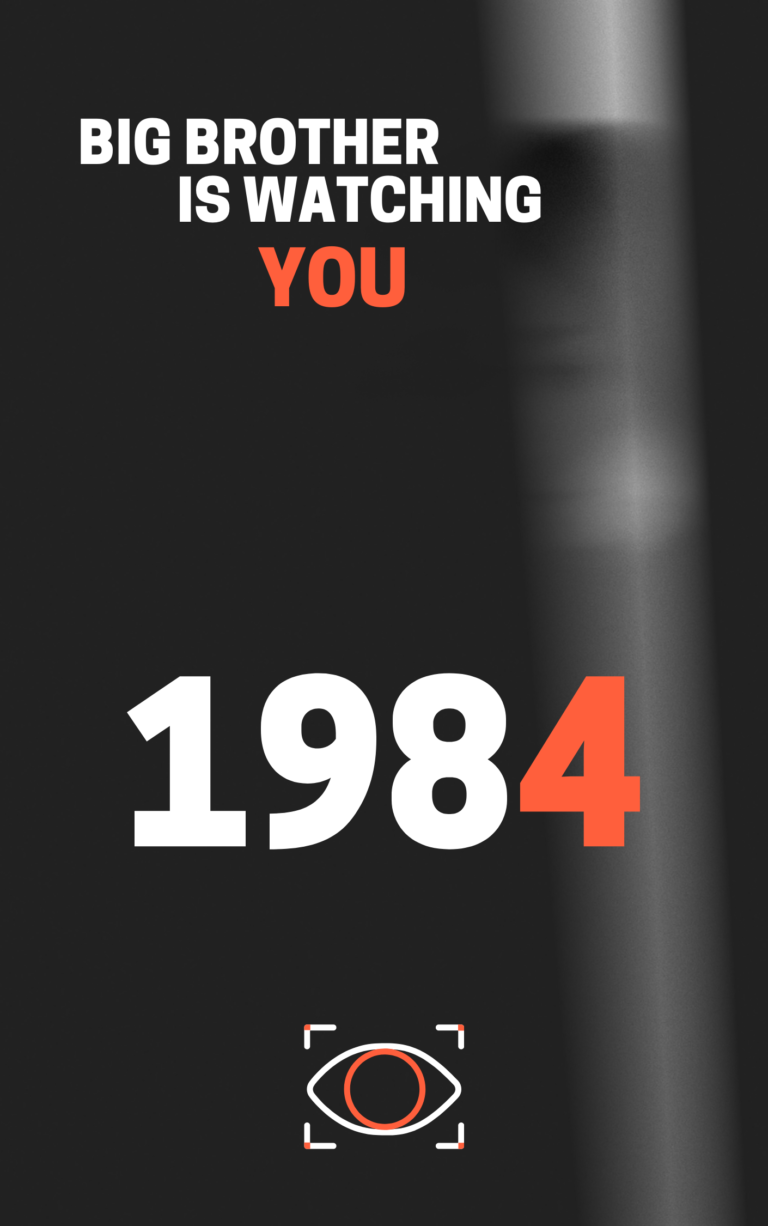Moonwalking with Einstein
Joshua Foer
Rating: 7.8
“Absolutely phenomenal… Part of the beauty of this book is that it makes clear how memory and understanding are not two different things. Building up the ability to reason and the ability to retain information go hand in hand… The book reminds us that we all start off with pretty much the same tools for the most part, and we can be intentional about strengthening them, or not.”
-Bill Gates
Contents
The Smartest Man Is Hard To Find
Imagine waking up tomorrow and all of the external information you rely on so heavily had disappeared. All of the tools, pens, paper, computers, books, diaries, photo albums, and videos. Even Google had disappeared. Would your world crumble? While at one point in time, this was the reality.
Every thought was just a thought and there was nothing to do with it, apart from remembering it. Any stories to be told, any transfer of information and ideas would first have to be remembered. As humans we are often sometimes forgetting experiences more quickly than we are actually living them.
Take reading, for example. We read, read, read, and forget, forget, forget. If that’s the case, then what’s the point? In this day and age, we tend to read more extensively than intensively. There is so much choice. Imagine you have your own personal library of over 200 books. Can you remember them all?
Of course not.
Reading these many books is extensive. In the past, people may have had access to only a limited number of resources. So they read more intensively. Take the Bible, for instance.
What is this a better strategy?
Well, they say “one book, printed in the heart’s own wax, is worth a thousand in the stacks”. Just reading is not necessarily learning.
So how does learning take place and how can we remember more? If you can only remember so much as the last book you’ve read, then what’s the point?
If we can’t memorize basic life events, how do chess grandmasters memorize the positions of thousands of pieces? How do mental athletes (MA) memorize thousands of digits or ten decks of playing cards within an hour? How do they memorize one deck of cards in two minutes?
If you tried to remember the following letters “C I N A R N B E R A T M E” you might have a pretty hard time, but those letters are a combination of the sentence “I Can’t Remember”. All of a sudden it becomes a walk in the park. They have literally been chunked together to make it easier to remember. You will indeed be able to name all of the letters very easily.
The essence of learning to attach new information to something you already know. If you try to remember the digits 3 1 1 4 2 0 3 6 0 it will be quite difficult until you give them meaning and attach them to things you already know. You’re 31 years old. You live at house number 142, you were born in March the month 03 and you can run a mile in six minutes. Now it becomes much easier.
There is a 2005-year-old technique, probably older, called the memory palace. It was used to memorize speeches, poetry, and names. As external memory has become greater has this technique been lost in history?
“The techniques of the memory palace — also known as the journey method or the method of loci, and more broadly as the ars memorativa, or ‘art of memory’ — were refined and codified in an extensive set of rules and instruction manuals by Romans like Cicero and Quintilian, and flowered in the MIddle Ages as a way for the pious to memorize everything from sermons and prayers to the punishments awaiting the wicked in hell. These were the same tricks that Roman senators had used to memorize their speeches, that the Athenian statesman Themistocles had supposedly used to memorize the names of twenty thousand Athenians, and that medieval scholars had used to memorize entire books”
The Man Who Remembered Too Much
“For all of our griping over the everyday failings of our memories — the misplaced keys, the forgotten name, the factoid stuck on the tip of the tongue — their biggest failing may be that we forget how rarely we forget.”
What we are doing with memory today, they argue is the same as taking an Olympic athlete, sitting them down, giving them 20 cigarettes a day, and putting them on a junk-food diet. Then asking why they didn’t win gold.
When the world record for remembering single digits stands around 83,000 then there must be more to remembering than simple repetition. It took this guy nearly 17 hours to recite the digits for heaven’s sake. They would have to be a more efficient way to remember.
But if I said to you, you could memorize 83,000 digits right now, would you believe me? When in fact you already have! All you have to do is count to 83,000 you could, in fact, count much higher. Said like this doesn’t seem as impressive. But the fact that they are random digit makes it all the more interesting.
“The brain makes sense up close and from far away. it’s the in-between — the stuff of thought and memory, the language of the brain — that remains a profound mystery.”
Our memories are not built for modern life. The tasks that we rely on memory for today were simply not relevant in the environment in which our brains evolved. Tasks such as where to find food, how to get back to the shelter, and what foods are eatable and uneatable, were more common.
Today we simply tap numbers and letters into a GPS and get directed there. Our brains are exceptional at remembering visual imagery. But not all the types of information. This 2005-year-old technique takes advantage of that.
“The brain is a mutable organ, capable — within limits — of reorganizing itself and readapting to new kinds of sensory input, a phenomenon known as neuroplasticity.”
The first step is to create your memory palaces. These palaces do not need to be palaces. They can be anything from your childhood home, your route to work, an 18-hole golf course or a shopping center. Anywhere you know really well, where you can go in your mind and visualize vividly.
Let’s say, for instance, you would like to remember a shopping list. Go back to your childhood home and in your mind, place a tomato on the driveway where the car should be. Be creative, play with the color and size; make it into a giant tomato and feel the texture and taste. Go closer to the tomato and try and pick it up. What would a giant tomato feel like? What sound would it make when you dropped it? Continue through your front door and continue to strategically place these vivid images in your memory palace.
Isn’t it easier to write it down? Of course, it is. That’s the whole point. But what about if you wanted to remember a presentation at work, would it not be more efficient to use images that remind you of key points of the presentation and wanting to be more efficient than repetition?
If an 18-year-old kid can remember 83,000 random digits, of course, it’s a great technique. So what about remembering words or names? It is thought that if you are told that a person’s surname is Baker, rather than if you were told that he was an actual Baker, you are more likely to forget the surname and remember the occupation. But why?
It is thought that the occupational term Baker triggers an image and is easier to recall. Creating images is the secret to remembering names.
“It’s all about creating a vivid image in your mind that anchors your visual memory of the person’s face to a visual memory connected to the person’s name.”
“If you want to live a memorable life, you have to be the kind of person who remembers to remember.”
– Joshua Foer #moonwalkingwitheinstein
The Expert
“Experts see the world differently. They notice things that nonexperts don’t see. They hone in on the information that matters most, and have an almost automatic sense of what to do with it. And most importantly, experts process the enormous amounts of information flowing through their senses in more sophisticated ways. They can overcome one of the brain’s most fundamental constraints: the magical number seven.”
Long-term memory is not the only tool available to us. We have what’s called working memory. If the information is not transferred to long-term memory, then it’s forgotten or filtered away.
Our working memories serve a critical role as a filter between our perception of the world and our long-term memory of it. In fact, dividing memory between short-term and long-term stores is such a savvy way of managing information that most computers are built around the same model.
Like a computer, our ability to operate in the world is limited by the amount of information we can juggle at one time.
This is where the rule 7 +/- 2 comes into play. It is thought that our working memory is capable of storing or thinking about seven things at the same time, plus or minus two.
“Our ability to process information and make decisions in world is limited by a fundamental constraint: We can only think about roughly seven things at a time.”
Without going back, try to remember the first three words of the previous sentence. If you couldn’t remember, that’s because your working memory has dropped those words to avoid information overload.
Our brains tend to look at the whole picture. In a conversation, it doesn’t remember the exact words, rather than the meaning of those words and the feelings they produce.
“We don’t remember isolated facts; we remember things in context.”
– Joshua Foer #moonwalkingwitheinstein
Why do we forget? The beauty of being human is forgetting. It allows us to filter out unnecessary information so we can make sense of things more easily. It is in fact what allows us to learn.
The Most Forgetful Man In The World
It is thought that only one hour after learning something, we’ve forgotten two-thirds of it. In our brains, we have 100 billion neurons that are capable of between five to 10,000 connections per neuron. When a memory is made, it is said that a single connection is made. Each time this memory is triggered, it is thought to strengthen this connection. This is what long-term memory looks like. Even today, modern neuroscience is baffled by how memory can be stored like this.
“Without time, there would be no need for a memory. But without a memory, would there be such a thing as time? I don’t mean time in the sense that, say, physicists speak of it: the fourth dimension, the independent variable, the quantity that compresses when you approach the speed of light. I mean psychological time, the tempo at which we experience life’s passage. Time as a mental construct.”
Scientists generally divide memories broadly into two types: declarative and nondeclarative. Declarative memories are things you know you remember, like the color of your car, or what happened yesterday afternoon. Nondeclarative memories are the things you know unconsciously, like how to ride a bike or how to draw a shape while looking at it in a mirror.
“It is forgetting, not remembering, that is the essence of what makes us human. To make sense of the world, we must filter it. “To think,” Borges writes, “is to forget.”
– Joshua Foer #moonwalkingwitheinstein
The Memory Palace
The memory palace, or the method of loci, as it was called by the Romans, assigns every image a certain place along a well-known route or place that stands out in your mind. Because our brains are particularly adept at remembering locations, this is a very effective technique.
To use the method of loci, you can choose any building or route you’re familiar with. Take, for instance, your childhood home. You may imagine standing in front of it, then opening the front door. Maybe you’ll enter the kitchen, then take a left, so on and so forth.
The key to this method is to mentally place images of things you want to remember at specific points along your chosen route or in a particular room. You could mentally place a loaf of bread and a bag of tomatoes from your shopping list on the table in your kitchen. Then, when you need to retrieve your shopping list, simply walk along this route and conjure up the images you placed there.
You can also use specific places in one room to store connected information or from a particular field of expertise. If you’re studying for multiple courses, for example, you can use one room for biology, one room for history, and so forth.
Of course, you can also use many different memory palaces, such as the route to work or your favorite walk around the lake. As long as you know the route or place well enough to remember it in detail, it’ll do splendidly.
“Memory is like a spiderweb that catches new information. The more it catches, the bigger it grows. And the bigger it grows, the more it catches.”
– Joshua Foer #moonwalkingwitheinstein
The End Of Remembering
Through at least the Middle Ages, books served not as replacements for memory, but rather as memory aids. As Thomas Aquinas put it, “Things are written down in material books to help the memory.”
Before the modern book, there were scriptures. However, these were seen as a reminder of facts the reader already knew. They weren’t so friendly on the eyes, either. Before 200 BC, scriptures didn’t even contain any punctuation and words ran together in a stream of capital letters without spaces. If you didn’t already know the content by heart, a format like this would’ve proved near impossible to use.
Not that it mattered: around this time, reading was so frowned upon that even famous philosophers like Socrates railed against learning how to write. He believed it would foster forgetfulness and lead to intellectual and moral decline.
But in 1440 everything changed: Johannes Gutenberg invented the printing press. With the printing press, the number of books increased as the cost and speed of producing a book plummeted, which enabled even those who weren’t wealthy to afford a small library. Reading grew in popularity, and as it did, the art of memory declined. Thanks to books, people didn’t need to remember facts and arguments; they could, in effect, store them in the pages of a book. Now, we rely more and more on external storage such as books, the internet, and smartphones.
But although we depend heavily on external storage, many of us are unhappy with the fact that we can’t quite seem to remember, creating a vicious cycle of recording and forgetting.
“As books became easier and easier to consult, the imperative to hold their contents in memory became less and less relevant, and the very notion of what it meant to be erudite began to evolve from possessing information internally to knowing where to find information in the labyrinthine world of external memory.”
“To our memory-bound predecessors, the goal of training one’s memory was not to become a “living book,” but rather a “living concordance,” a walking index of everything one had read, and all the information one had acquired.”
Today, we read books “extensively,” without much in the way of sustained focus, and, with rare exceptions, we read each book only once. We value the quantity of reading over the quality of reading.
“Life seems to speed up as we get older because life gets less memorable as we get older.”
– Joshua Foer #moonwalkingwitheinstein





